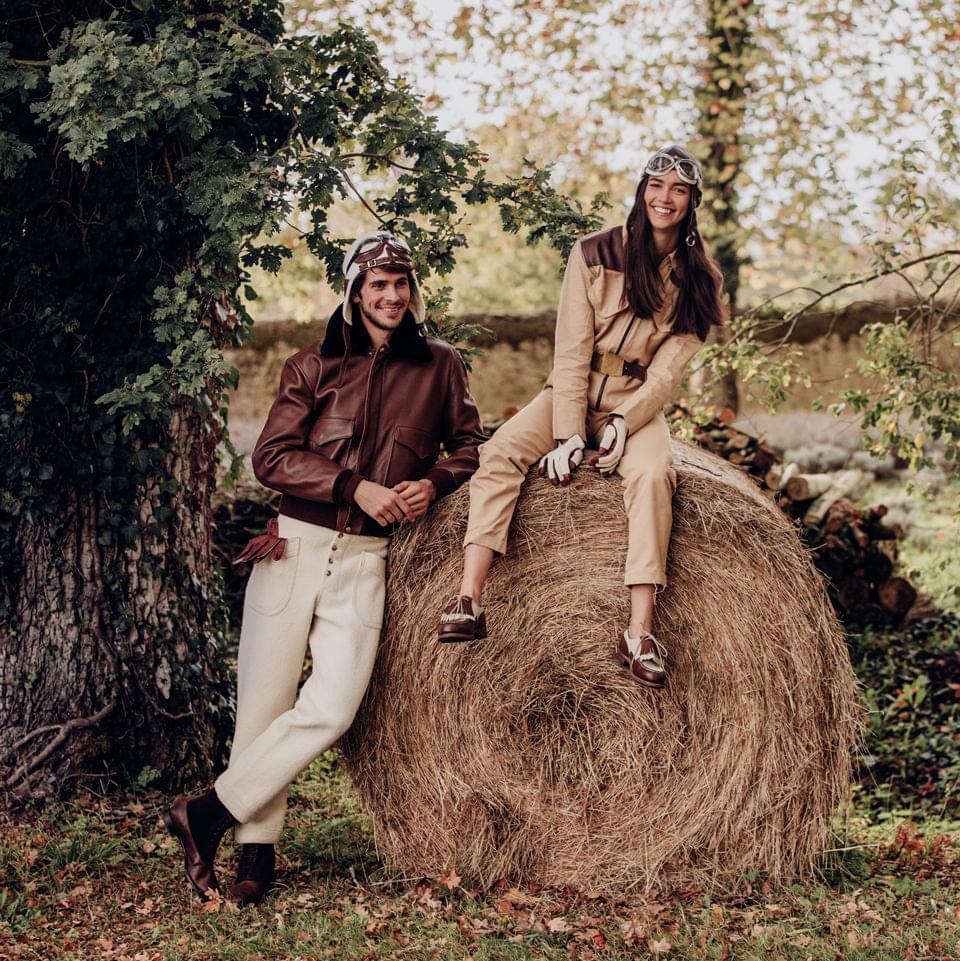BACK TO MILLE MIGLIA 2025
Many drivers choose CHAPAL as their companion on the road

Many drivers choose CHAPAL as their companion on the road
– NEW IN –
2 pieces in whipcord
2 pieces in vegetal leather
Slim fit – Narrower shoulders – Deeper armholes
The Chronograph 1972 is renewed.
Two new graphical dials.
Four leather straps in “pop-rock” colors.
The coolness of vintage
Discover iconic pieces in our CHAPAL Vintage

French leather manufacture renowned since 1832 for its expertise in bespoke and luxury men’s ready-to-wear
CHAPAL pays tribute to its New Yorker past
– Limited edition –
– Available by order only –
Transform your drive into an exceptional moment
193 years of history dedicated to the finest leather jackets
Each piece tells a unique story through its colors and craftsmanship

April 2022, Wednesday 20 - Thursday 21 - Friday 22
50% OFF on the online stock
Up to 80% OFF on many other articles in our showroom
- Discount is applied to your cart -
- Discount not available on bespoke orders -
- No refunds or exchanges -

Discover the latest news about the House